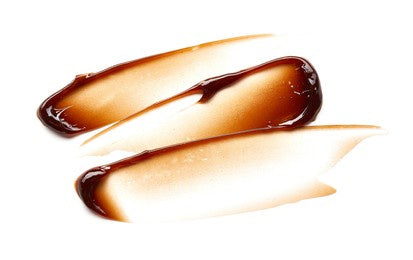Caramel color is divided into 4 types depending on the different manufacturing processes.
Ordinary caramel color: Carbohydrates as the main raw material, with or without acid, without ammonia compounds and sulfates.
Ordinary caramel can be added to 1% (dry base) sodium hydroxide with 70 DE glucose syrup at a temperature of 160 ° C. If the color has a low color ratio, the color resistance (CBC) is about 20,000, but the red index can reach up to 6 and is stable in 75% alcohol.
Caramel-colored coarse-sulfate is produced by using carbohydrates, sulfate as the main raw material, with or without ammonia compounds.
Ammonia-colored caramel is made up of carbohydrates, ammonia compounds, acids and no sulfate as the main raw material.
Ammonium-colored caramel is the largest variety of caramel produced in the country. The method can be divided into an open standard pressure method and a closed pressure method. The stimulant is Amin Hydroxide. The raw materials for production are glucose mother beverage, saccharose molasses, crushed rice, and so on. This type of caramel is mainly used to make soy sauce. Filled with positives, stable in soy and beer, stable in vinegar and red wine.
Caramel-colored ammonium sulfite - Made with or without ammonia compounds and carbohydrates, is the main raw material. Caramel-colored ammonium sulfate, also known as acid-resistant caramel, has a strong negative charge and is stable in acid, and is mainly used in beverages. This type of candy is most commonly used in the United States.
As a dye, caramel color is the most important indicator of color strength, and color is also important. The Hue Index is an important measure of caramel color and redness.
Caramel dyes are colloidal and carry a small positive or negative charge, depending on the processing method and the pH of the food used. Care must be taken in the selection, otherwise the result of use will be damaged. For example, the acid-resistant colloidal dyes used in cola drinks are negatively charged, and positively charged caramel dyes are used in soy and rice wine production.
Processing materials and processes determine the pH of caramel color. Caramel color has a special pH, usually not less than 2.5, otherwise the wax content will increase, but it should not exceed 5.0, in which case no bacteria can easily reproduce.
Increasing the temperature and prolonged heating during the caramel dyeing process increases the color ratio but reduces the resistance to liquid and salt. As viscosity decreases, the usage limit may increase. For example, in the bakery industry, low viscosity caramel dye is required due to the high consistency and stability of the color, but this dye is not suitable in the soy industry.
For soft drinks caramel, usually consumed in large quantities using ammonium sulfate caramel. The caramel color fills up negatively, and the flavor used in the drink contains a small amount of colloidal substance with negative ions, so they are chemically modified to prevent rust or fluoxet. Caramel is partially hydrogenated before use, so it further reduces the flavor components during storage.
The caramel used in soy, vinegar, stew and other spices is usually a positively charged ammonia caramel. These spices must be strictly seasoned and the used caramel must be melted, otherwise it will be dark and rainy. Consumer soybeans with bright red color and good absorption require high caramel choices.

